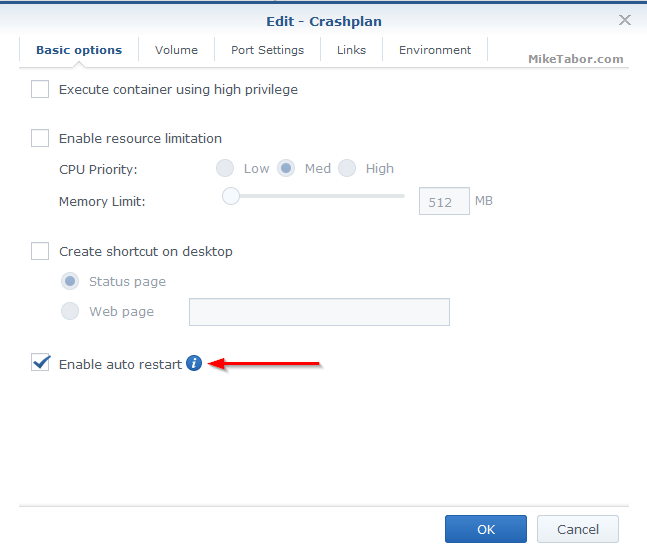

- CRASHPLAN PORT FORWARDING HOW TO
- CRASHPLAN PORT FORWARDING LICENSE
- CRASHPLAN PORT FORWARDING WINDOWS

Dedicated Devices: Any device that holds high-risk data, regardless of the duration of retention, must be used exclusively for those tasks that require access to the high-risk data.

Personal financial information subject to the Gramm-Leach-Bliley Act (GLBA) Protected health information subject to the Health Insurance Portability and Accountability Act (HIPAA)
CRASHPLAN PORT FORWARDING LICENSE
These requirements do not apply to servers, databases, or infrastructure components.įollow the process and procedures in this guide as they are requirements for protecting high-risk (confidential) data.Īll operational procedures for information security are based on Cornell University Policy 5.10, Information Security.Īs described in University Policy 5.10, any information that contains any of the following data elements, when appearing in conjunction with an individual’s legal name or other identifier (for example, email address), is considered to be high-risk (confidential) university data:ĭriver’s license (or non-driver identification) number These requirements extend to any endpoint used to process or store university data. On the NexentaStor server I've examined the /etc/ssh/sshd_config file and everything seems 'normal' - and I've commented out the ListenAddress entries to ensure that I'm listening on all interfaces.The central IT organization ( see organizational charts), comprised of CIT Enterprise Services, CIT Infrastructure, Customer Experience, IT Administration, the IT Security Office, the Office of the CIO, and the Project Management Office, has specific requirements for all personal productivity endpoints (laptop, desktop, or virtual desktop).
CRASHPLAN PORT FORWARDING WINDOWS
21:10:09 Opening forwarded connection to localhost:4243īut the telnet localhost 4200 command from Windows does nothing at all - it just waits with a blank terminal. 21:09:57 Local port 4200 forwarding to localhost:4243 The PuTTY log for the tunnelled connection shows reasonable output. With nothing more, although the Crashplan server should respond with something.įrom Windows, using PuTTY I have followed the instructions on the Crashplan support site to establish an equivalent tunnel, but then telnet on Windows gives me no response at all and the Crashplan GUI can't connect either. Things I have triedĮnsuring the Crashplan server on the Nexenta box is listening on port 4243 $ netstat -na | grep LISTEN | grep 42Įstablishing a tunnel from a Linux host: $ ssh -L 4200:localhost:4243 admin:10.0.0.56Īnd then, from another terminal on the Linux host, using telnet to verify the tunnel: $ telnet localhost 4200
CRASHPLAN PORT FORWARDING HOW TO
A blog article - CrashPlan for Backup on Nexenta - indicates that it could be made to work only after "after enabling TCP forwarding in Nexenta in /etc/ssh/sshd_config" - although I'm not sure how to go about that or specifically what I need to do. I'm fairly sure the problem is at the receiving end with NexentaStor.

So far, I've failed to get a working SSH tunnel from from either either a Windows client (using Putty) or a Linux client (using command line SSH). I am attempting to configure an SSH tunnel to a NexentaStor appliance from either a Windows or Linux computer so that I can connect a Crashplan Desktop GUI to a headless Crashplan server running on the Nexenta box, according to these instructions on the Crashplan support site: Connect to a Headless CrashPlan Desktop.


 0 kommentar(er)
0 kommentar(er)
